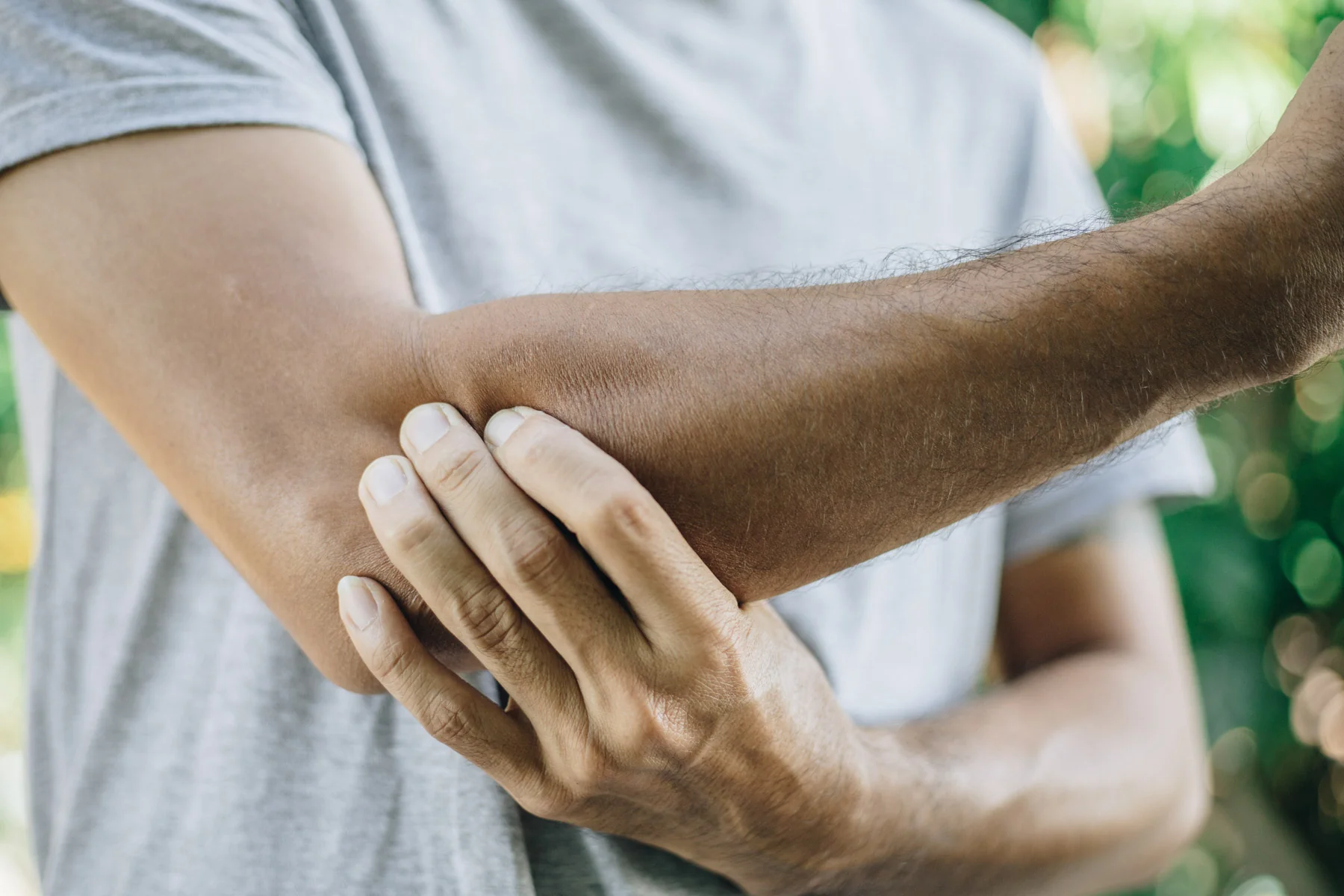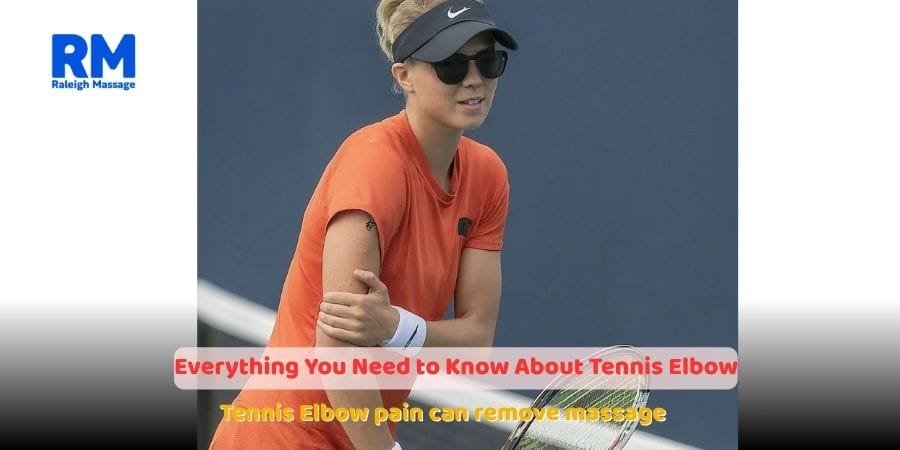The tennis elbow is a sore and infuriating malad massage for tennis elbow. It afflicts many, not just athletes alone. Have you ever noticed a sharp, burning sensation in your elbow? Chances are, you’re one of them. Don’t worry—I’m about to make it make sense, and I’m about to make it go away.
What is tennis elbow?
Tennis elbow, or lateral epicondylitis, is a kind of strain in a tendon. Tendons at your outer elbow become inflamed. It creates pain, especially when moving your arm.
Despite its title, you don’t necessarily have to play tennis to develop it. It can occur in individuals who make repetitive motions with their arms. That can include painters, carpenters, and even clerical workers.
Symptoms of tennis elbow
The pain will develop over some time. It will start initially at your outer elbow. Over a period, it can worsen. Some of its symptoms are:
- – Pain when grasping objects
- – Weakness in your fingers
- – Discomfort when lifting or bending your arm
- – Pain when twisting, for instance, opening a jar
- – A burning sensation in your elbow
If these symptoms sound familiar, then you may have tennis elbow
What is tennis elbow?
The main cause is overuse. Repeated motions extend your tendons in your elbow. It creates microtears in your tissue. Common actions that cause it include:
- Playing racquet sports
- Using tools including screwdrivers and hammer
- Typing at a computer for long stretches
- Carrying heavy bags or lifting objects incorrectly
Age can become an issue, as well. It most often happens in individuals between 30 and 50 years of age, but it can at any age
How is tennis elbow diagnosed?
If you have a feeling that you have tennis elbow, go and have a doctor assess your arm and your symptoms. In most cases, no tests, including X-rays and MRIs, will be required. Diagnosis can be completed with a simple examination of your arm.
- Treatment for tennis elbow
The good news is that most cases can actually improve over a period of time and with simple interventions.
- Rest and Don’t Repetition
Giving your arm a break is important. Attempt to stop whatever activity is causing your arm to hurt. If work cannot be avoided, use correct techniques to minimize strain.
- Ice Therapy
Applying ice to your elbow will ease your pain and lessen swelling. Apply an ice pack for 15-20 minutes, a few times a day.
- Pain killers
Over-the-counter medications, including ibuprofen, can make your aches and soreness less painful but don’t use them for a long period.
- Stretching and Resistance Exercises
Certain exercises can actually stimulate healing in your tendons. Gentle strengthening and stretching can make your joints and surrounding tissue more flexible and supple.
- Wearing a Brace
A tennis strap can stabilize your muscles and calm tension. It constricts painful motions during rehabilitation.
- Massage Therapy
Massage can stimulate healing and blood circulation. Deep tissue massage is particularly effective for it. For a break, try
Injections or Other Therapy
If pain persists, a doctor can prescribe shots of steroids or alternative therapy. In severe cases, a surgical intervention can become a necessity.
Preventing Tennis Elbow
Prevention is better than a cure. To lessen your chances, follow these:
- Use proper techniques when lifting and moving
- Strengthen your forearm muscles with exercise
- Take a break between repetitive actions
- Use ergonomic tools that reduce strain
Daily Habits That Can Mitigate Strain
Your everyday life helps maintain your healthy elbow. Pay attention to your use of your arms. There are a few simple tips:
- Adjust your workstation if you type a lot
- Use a delicate grasp when holding tools
- Stretch your arms both beforehand and after work
- Maintain a healthy posturing to avert unnecessary tension
How long will I have to heal?
Healing time varies. There will be some who will begin to feel a little better in a week or two at most. Others will take months. That will depend on your severity and compliance with care. Patience and routine care are key.
- Natural Cures for Tennis Elbow
If you prefer a homemade remedy, try these:
- Essential oils
Certain oils, including peppermint and eucalyptus, contain anti-inflammatory chemicals in them. Mix them with a carrier oil and apply them gently over your elbow.
Acupuncture
Some people become comforted through acupuncture. It can calm and stimulate circulation.
- Diet for Joint Health
Eating the proper foods can make your body heal. Having anti-inflammatory foods such as:
- Leafy Greens
- Nuts and Seeds
- Fatty fish like salmon
- Turmeric and Ginger
When to Consult a Doctor
If your pain doesn’t go away in a matter of a few months, or worsens, seek a doctor’s consultation. In extreme cases, such cases require sophisticated forms of therapy.
Tennis elbow hurts, but it doesn’t have to dominate your life. With proper care, resting, and prevention, full recovery is a strong possibility. In case your symptoms don’t cease, seek medical attention. And don’t forget, a little massage in your future could be a reality!








